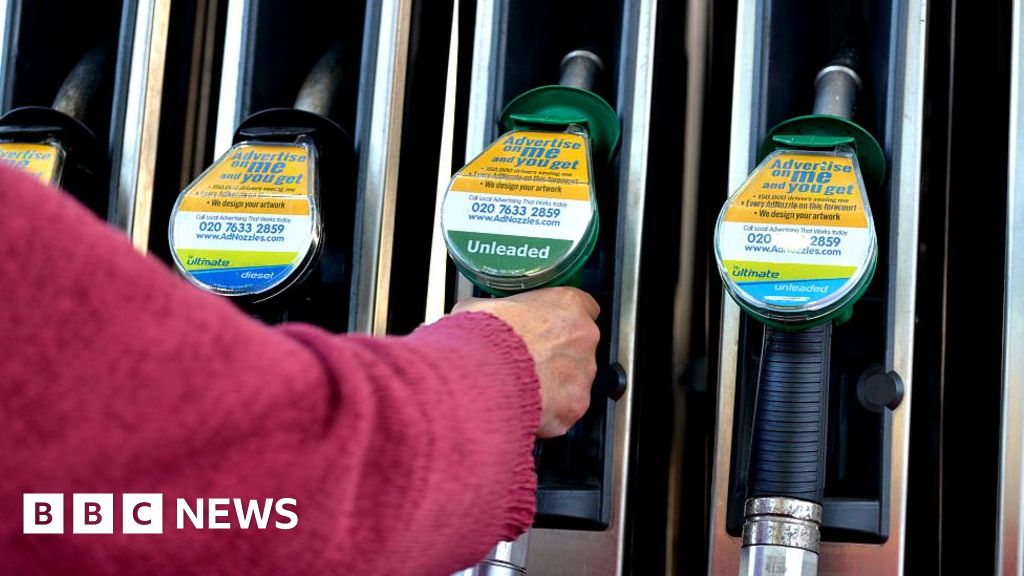

**Petrol Rates in Pakistan Stay Steady Despite Anticipated Rise**
*Islamabad, Pakistan – [Date]*
In a decision that has provided temporary relief to both consumers and transporters, the Government of Pakistan has chosen to maintain petrol rates for the forthcoming two weeks, despite widespread predictions of a potential increase. The announcement came from the Ministry of Finance late Monday night after a thorough examination of global oil market patterns and local economic factors.
### Background: Anticipation of a Price Increase
Ahead of the announcement, market analysts and industry specialists had foreseen a likely elevation in fuel prices due to a mix of international crude oil price variations and the decline of the Pakistani rupee against the US dollar. Brent crude, the global standard for oil pricing, had recently exceeded $85 per barrel, amplifying worries about a corresponding rise in local fuel rates.
Furthermore, the rupee’s depreciation in recent weeks had increased speculation that the government would be compelled to raise prices to cope with the swelling import bill and uphold fiscal equilibrium.
### Government’s Resolution
In a departure from these expectations, the Ministry of Finance, after discussions with the Oil and Gas Regulatory Authority (OGRA), decided to keep the prices of petroleum products unchanged. According to the official communication, the price of petrol will hold at Rs. 272 per liter, while high-speed diesel (HSD) will remain priced at Rs. 278 per liter.
The ministry emphasized the importance of providing economic relief to the populace amid increasing inflation and economic unpredictability. “The government is dedicated to protecting the ordinary citizen from the repercussions of global price fluctuations,” the statement indicated. “Efforts are underway to stabilize the economy while ensuring that vital goods stay affordable.”
### Economic Consequences
The choice to freeze petrol prices, though welcomed by the public, poses difficulties for the government’s fiscal strategy. The petroleum levy serves as a crucial revenue source for the federal government, and keeping prices at their present levels could result in a shortfall in anticipated revenues.
Additionally, this move might complicate the government’s ongoing discussions with the International Monetary Fund (IMF), which has stressed the necessity of cutting subsidies and aligning domestic energy costs with international market prices.
### Public Response
The announcement was met with cautious enthusiasm by consumers and transporters. “We were anticipating a rise, so this is a pleasant surprise,” said Muhammad Aslam, a rickshaw operator in Lahore. “Fuel expenses are among our largest costs, and any hike directly impacts our earnings.”
However, some economists have cautioned that this relief may be temporary. “If global oil prices keep ascending and the rupee remains under strain, the government might have no alternative but to elevate prices in the next review,” commented Dr. Ayesha Khan, an energy economist based in Karachi.
### Future Perspective
The government reassesses petroleum prices every 15 days, factoring in international oil trends, currency fluctuations, and local taxation policies. While the current decision provides a short-term reprieve, specialists believe that the next review could lead to adjustments if global and domestic economic situations do not improve.
In the interim, the government is reportedly examining alternative strategies for managing the energy sector, which includes enhancing reliance on renewable energy sources and boosting energy efficiency to lessen dependency on imported fuels.
### Conclusion
The decision to maintain petrol prices in Pakistan, despite increasing pressures from global markets, illustrates a sensitive balancing act between economic practicality and public interest. As the country navigates a challenging economic landscape, future pricing strategies are likely to continue being shaped by both international developments and domestic policy objectives.
**[End of Article]**






